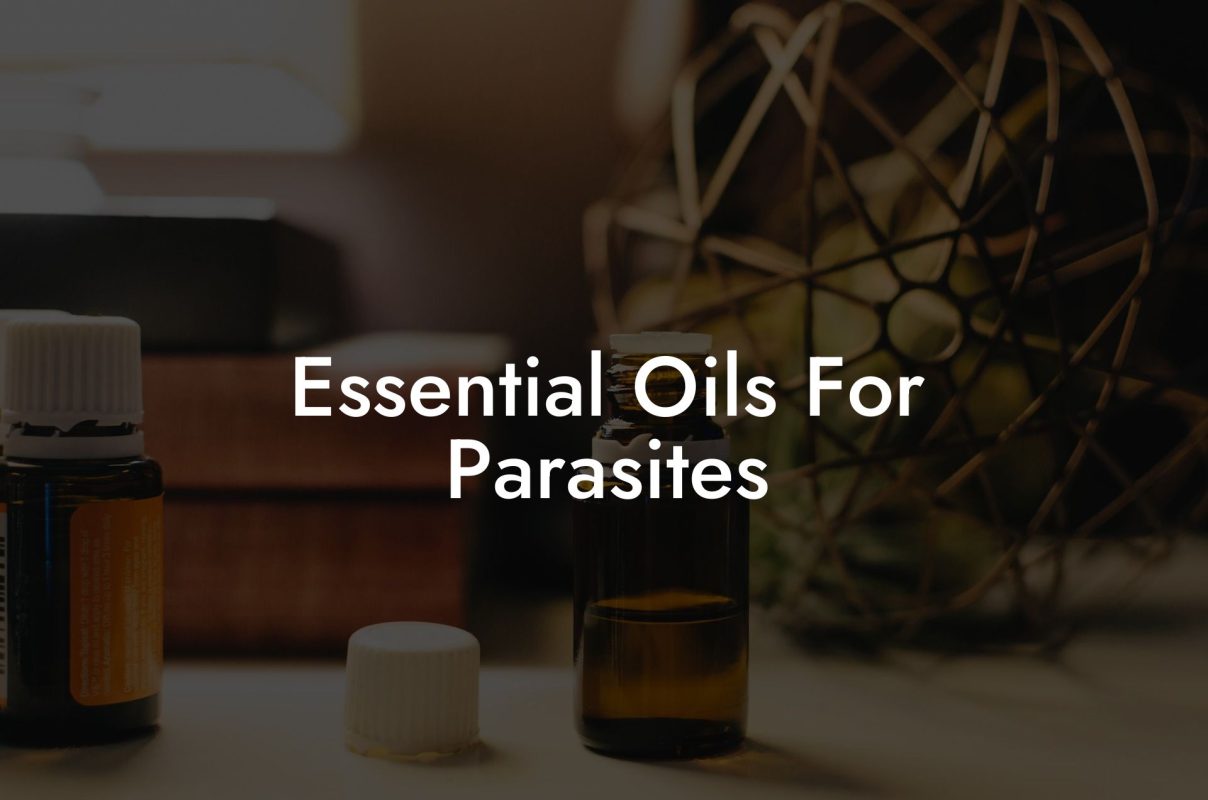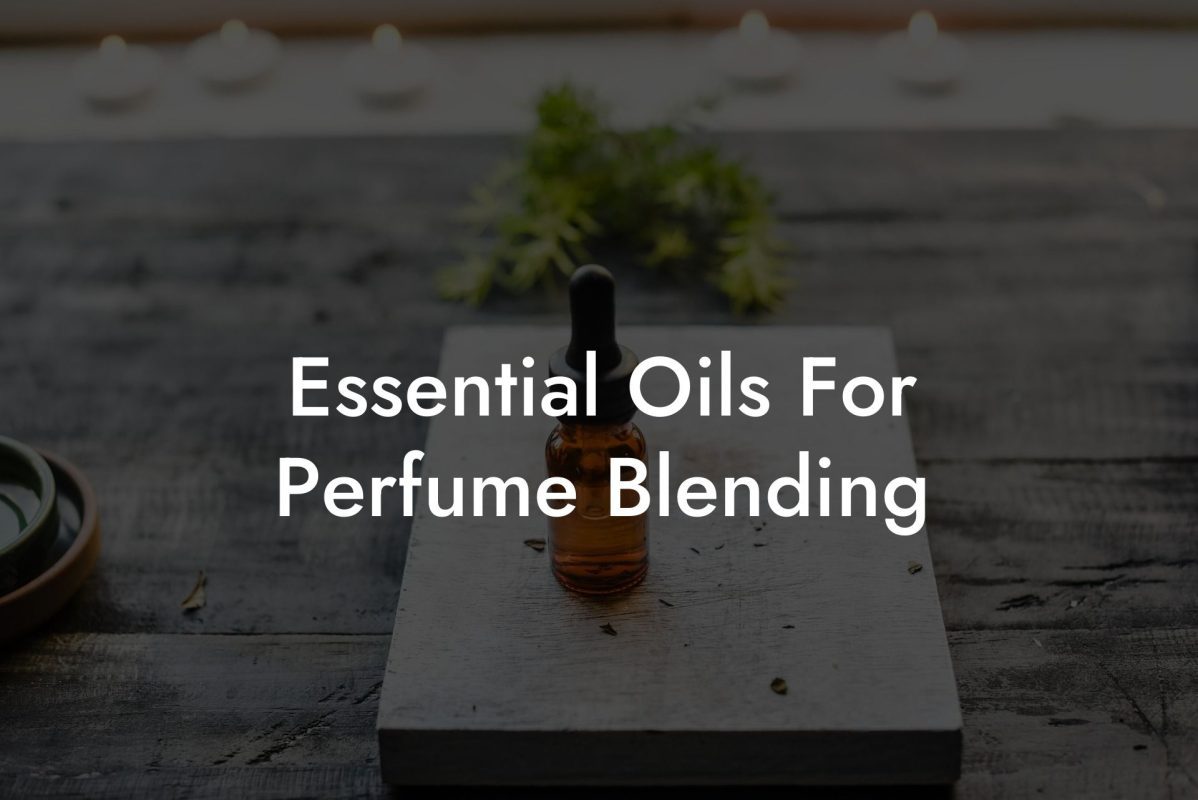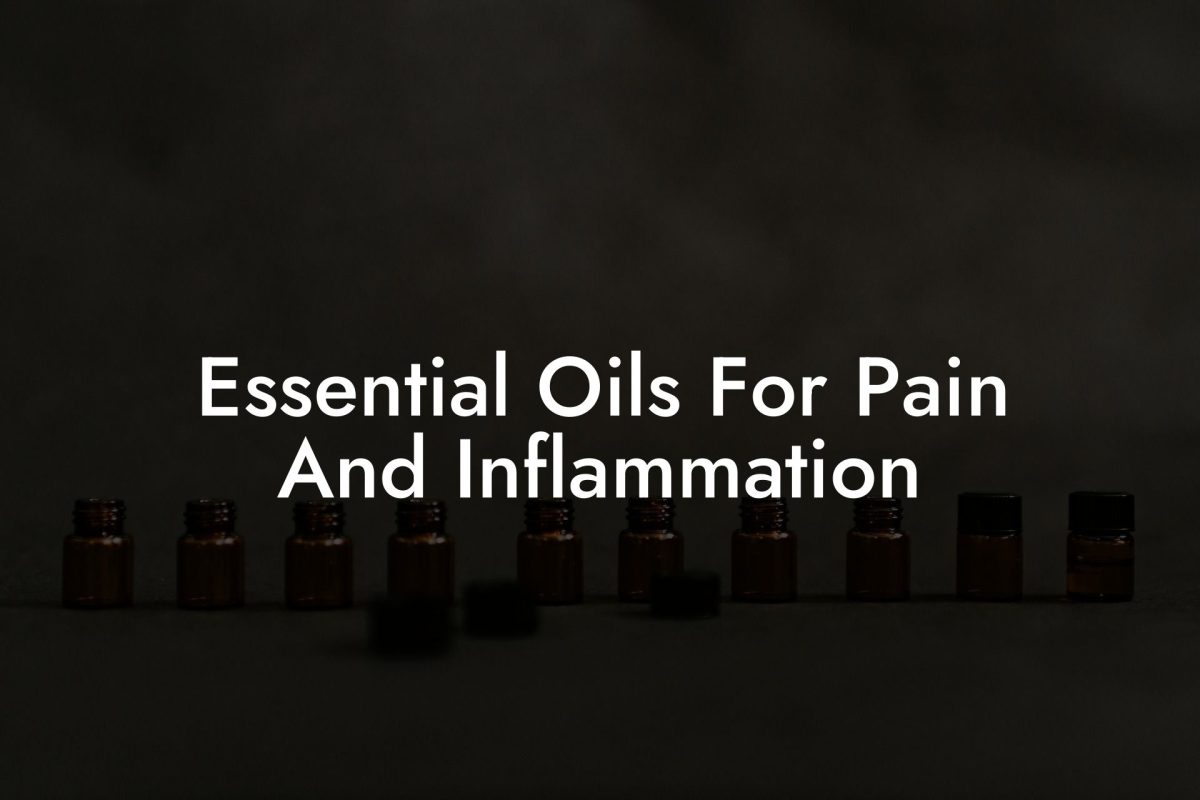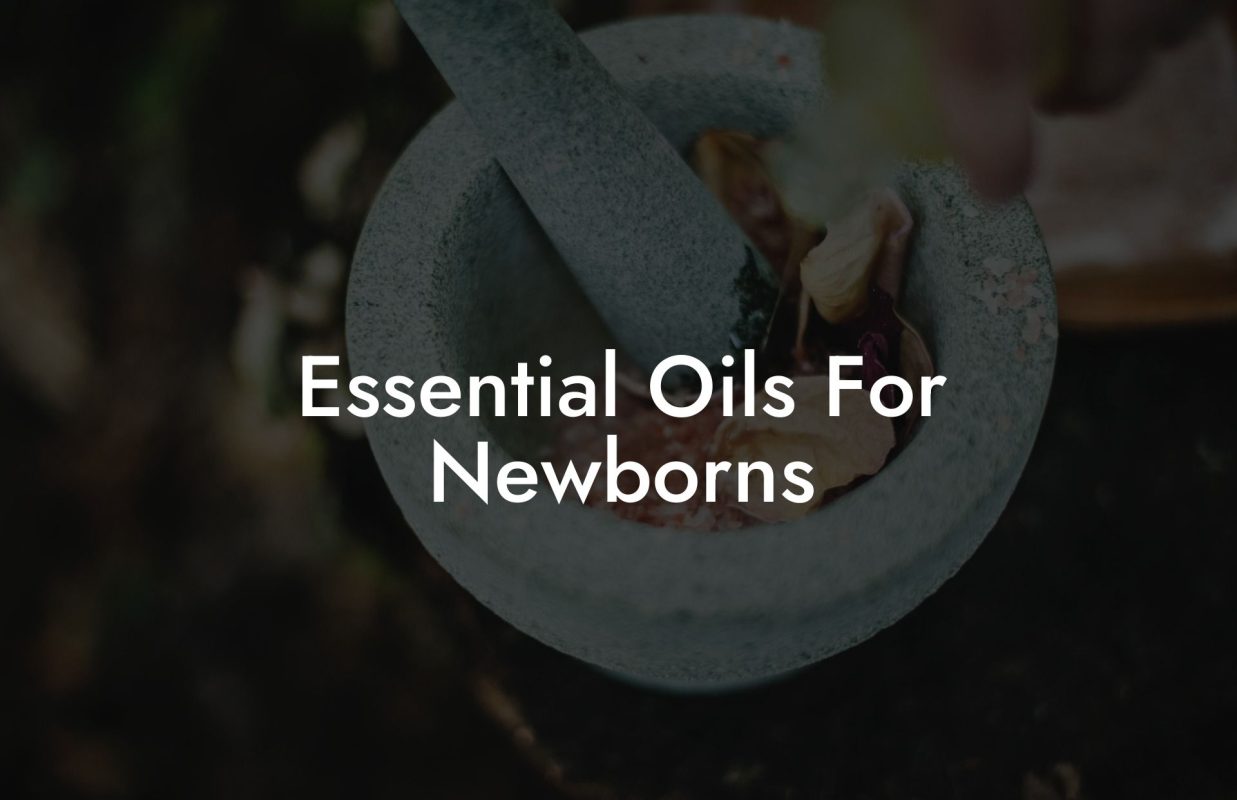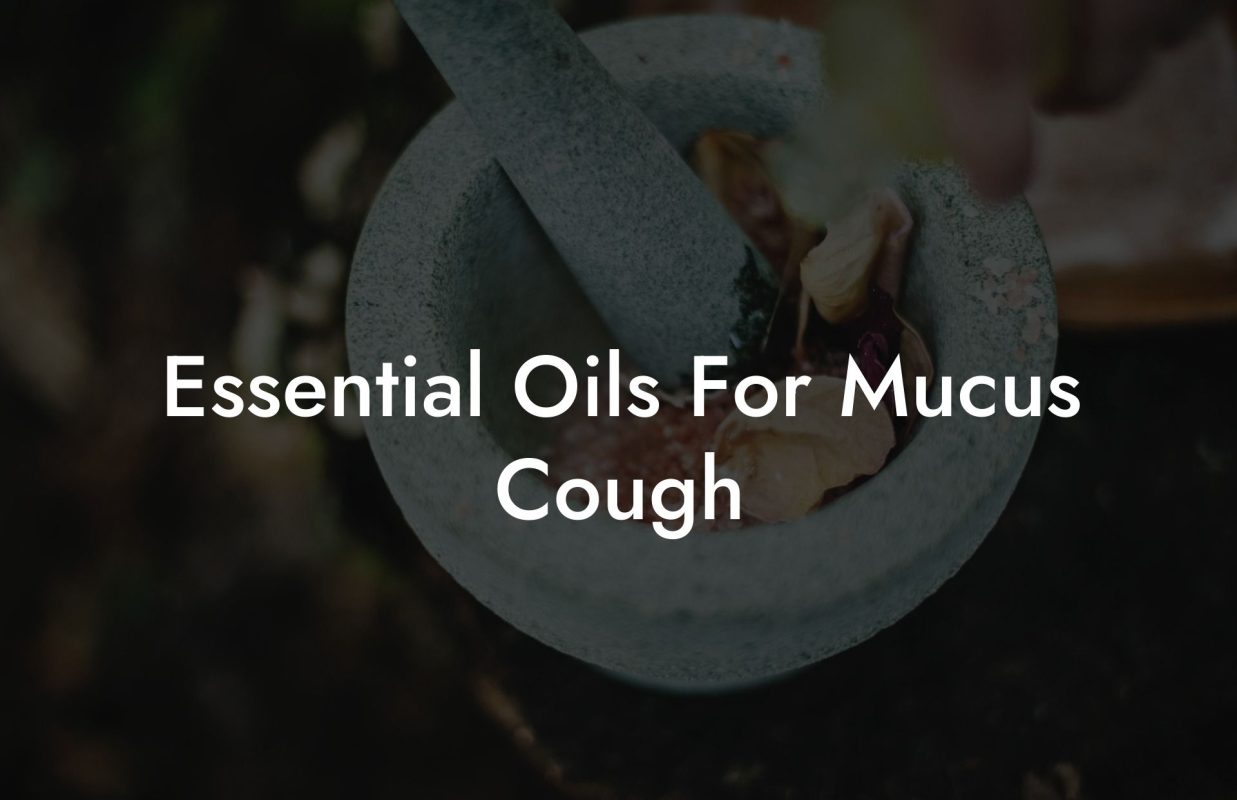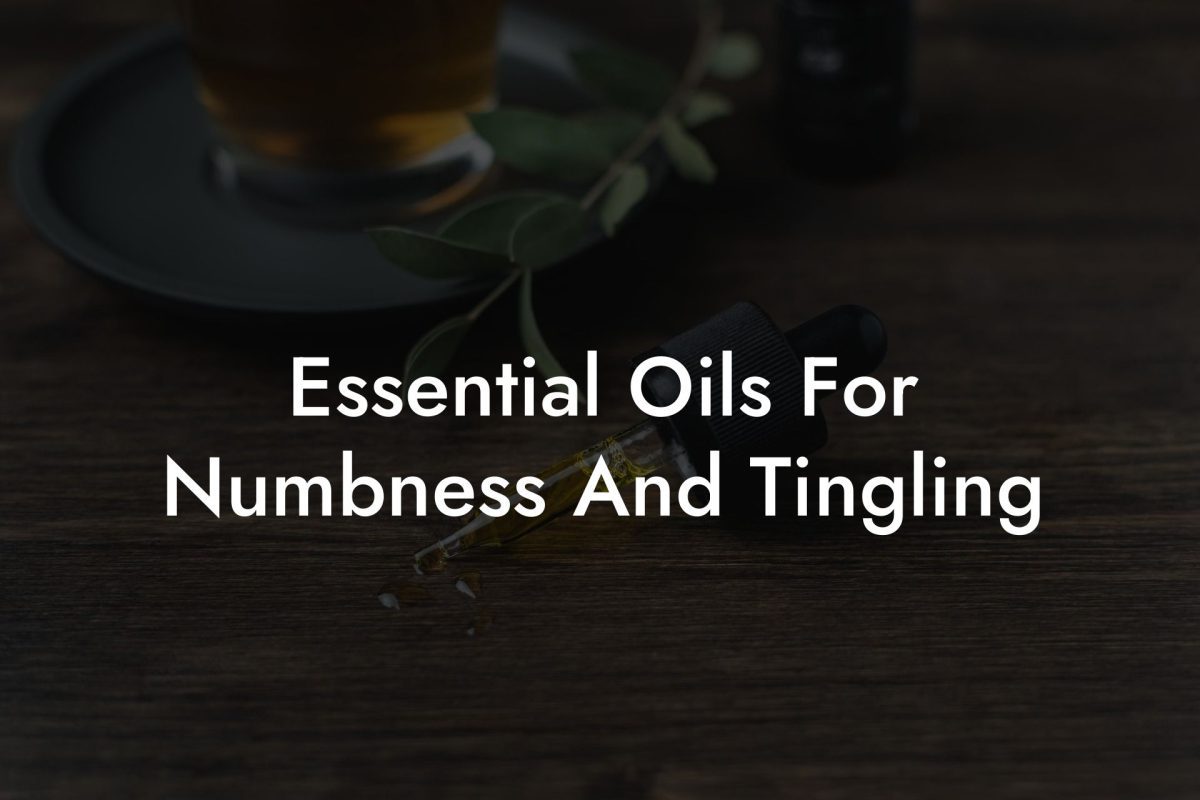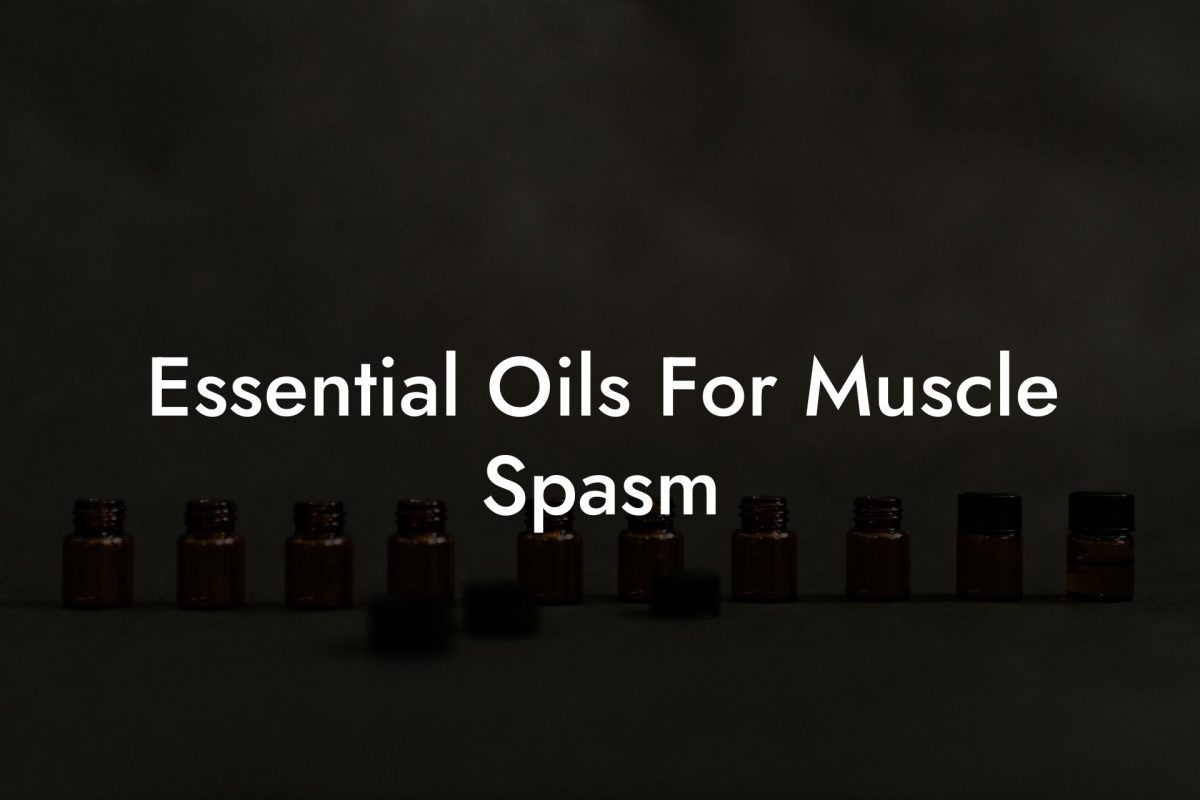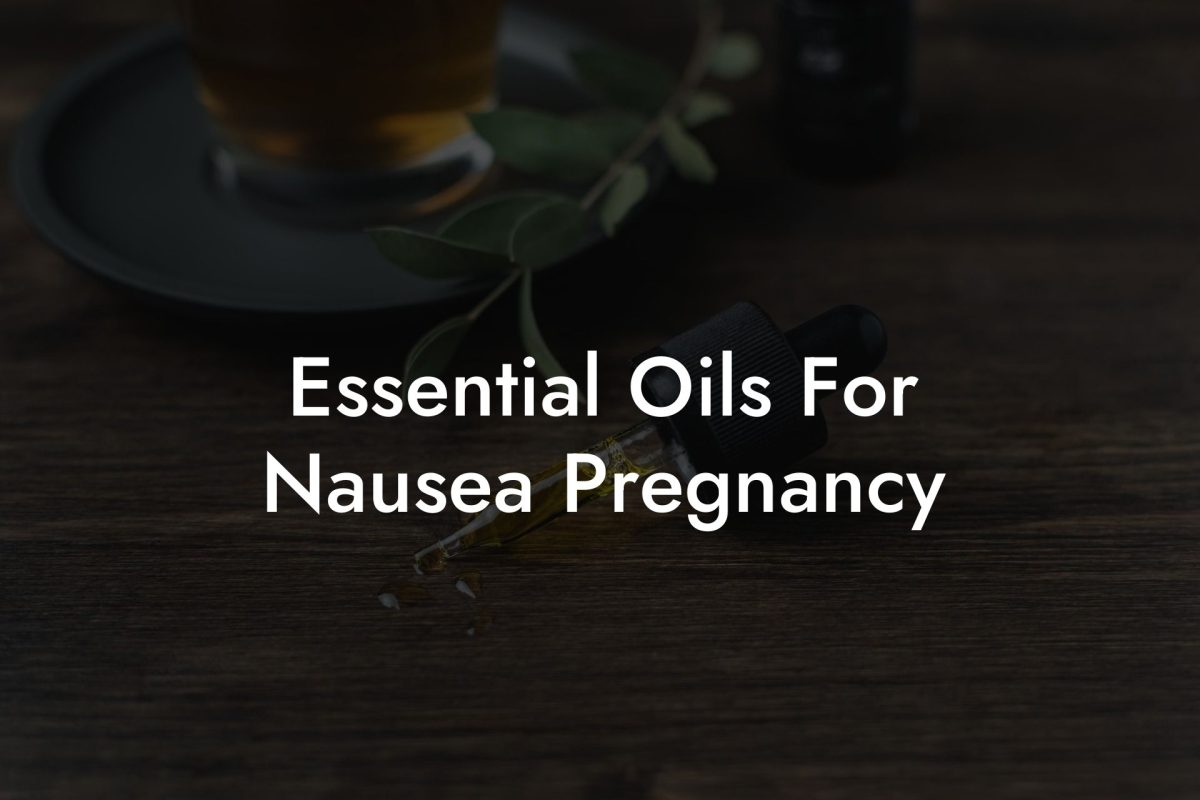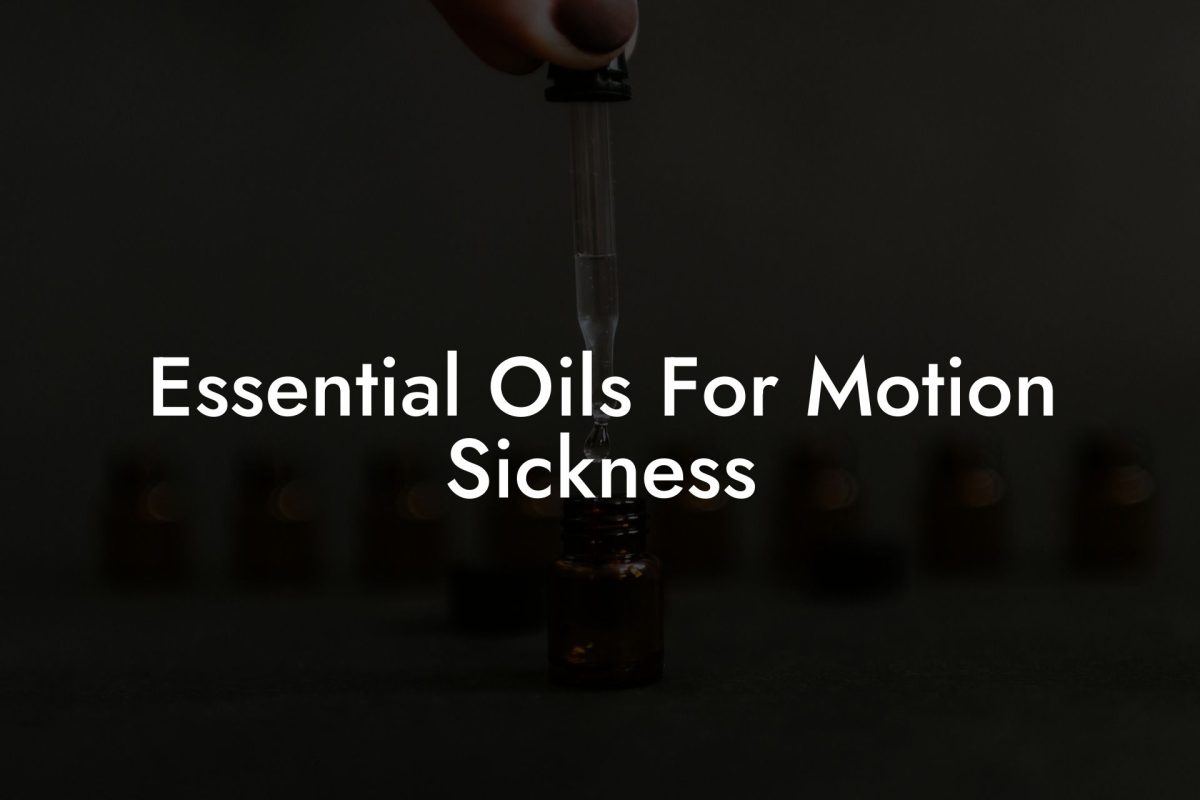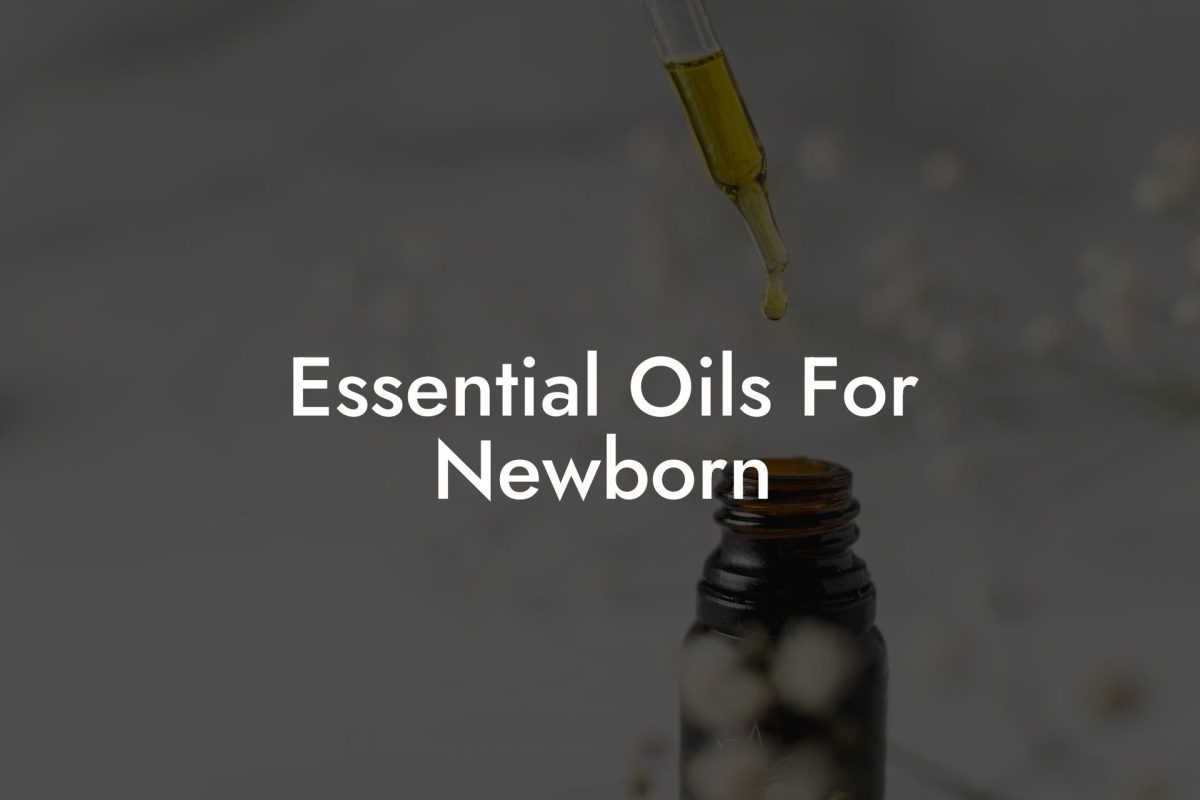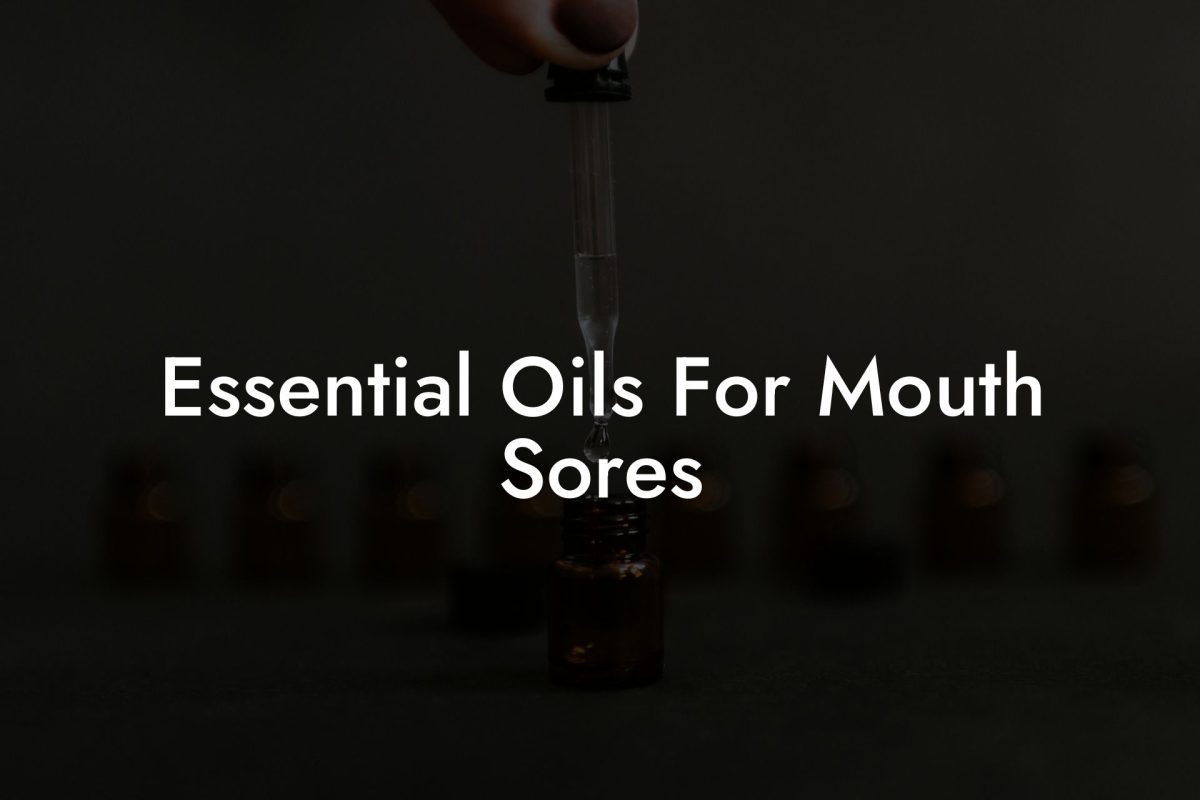Are you ready to dive into the world of essential oils and create your own unique, all-natural perfume? Using essential oils to make a perfume is not only a fun and creative way to express yourself, but it also allows you to avoid the harsh chemicals often found in commercial fragrances. In this Oshu Oils guide, you’ll learn the basics of making a DIY essential oil perfume and discover how to design a scent that’s perfect for you.
Table of Contents
Understanding Essential Oils and Their Benefits
Essential oils are concentrated extracts from plants, flowers, fruits, and other natural sources. They have been used in perfumery and aromacology for centuries, offering a wide range of healing properties and benefits. Some essential oils are known for their calming effects, while others can boost energy or even enhance concentration.
Key Components of an Essential Oil Perfume
- Base notes: These are the longest-lasting scents in a perfume. They provide depth and richness, often coming from heavier oils like cedarwood, sandalwood, or frankincense.
- Heart (middle) notes: These scents form the core of your perfume and emerge after the top notes. Floral and herbal oils like lavender, rose, and chamomile make wonderful heart notes.
- Top notes: These are the first scents you experience when applying a perfume. Citrus oils like lemon, bergamot, and grapefruit as well as light, fruity fragrances like apple or pineapple are common top notes.
| Note Type | Examples |
|---|---|
| Base | Vanilla, Patchouli, Vetiver, Ylang Ylang |
| Heart | Gardenia, Jasmine, Geranium, Neroli |
| Top | Peppermint, Eucalyptus, Basil, Cinnamon |
How to Blend Essential Oils for a Perfume
- Start with a clear intention for your perfume – what mood, atmosphere, or energy you would like it to evoke.
- Choose your base, heart, and top notes based on the desired scent profile.
- Experiment with the ratio of each note to create a balanced blend. A general rule of thumb is to use a 20:50:30 ratio for top, heart, and base notes respectively.
- Add a carrier oil or neutral alcohol like vodka to dilute the essential oils. This allows the perfume to be applied directly to the skin without causing irritation.
- Allow your blend to sit in a dark, cool place for at least a week to let the scents meld together and deepen.
How To Make A Perfume With Essential Oils Example:
To create your own essential oil perfume, follow these steps:
1. Begin by selecting your top, heart, and base notes. For this example, let’s choose grapefruit as the top note, lavender as the heart note, and sandalwood as the base note.
2. In a small glass container, add five drops of grapefruit oil, ten drops of lavender oil, and six drops of sandalwood oil. Stir gently to combine.
3. Add 1 ounce of jojoba oil or a similarly light carrier oil to your blend. Mix well.
4. Use a clean dropper to transfer your essential oil perfume to a dark-colored glass bottle.
5. To get the best results, let your perfume blend sit for at least one week so the scents meld together and deepen.
6. Apply your perfume to pulse points on your body – such as wrists and behind your ears – whenever you desire a fragrant boost!
Congratulations, you now know how to make a perfume with essential oils! With this newfound knowledge, you can create a wide range of fragrances that are uniquely yours. Don’t forget to share your scent creations with friends and family or even create custom blends just for them. Don’t hesitate to explore other guides on Oshu Oils to expand your knowledge of essential oils and aromacology. And, of course, discover the Oshu Oils range of high-quality essential oils to use in your perfume blends. Enjoy your sensory adventure!


